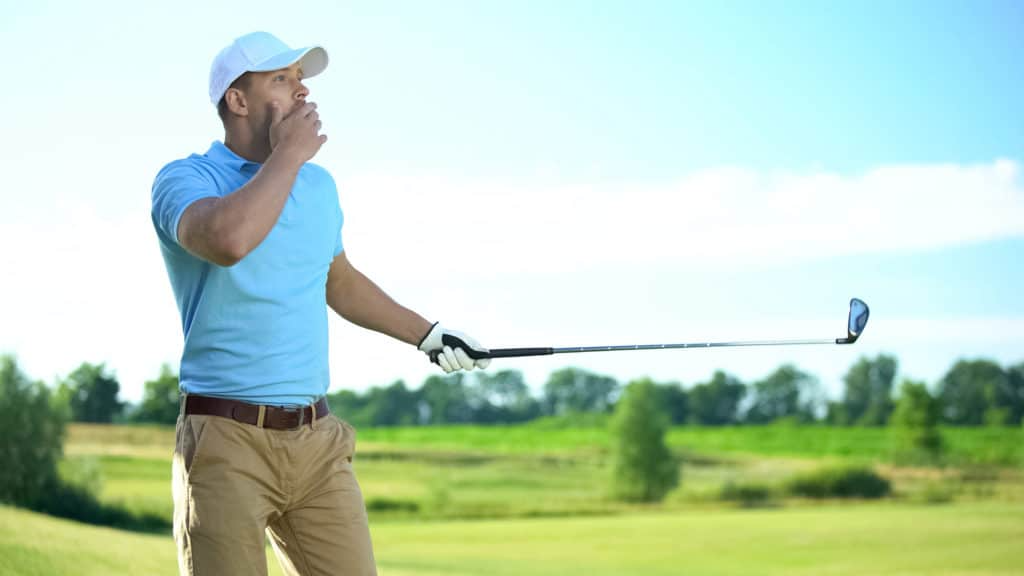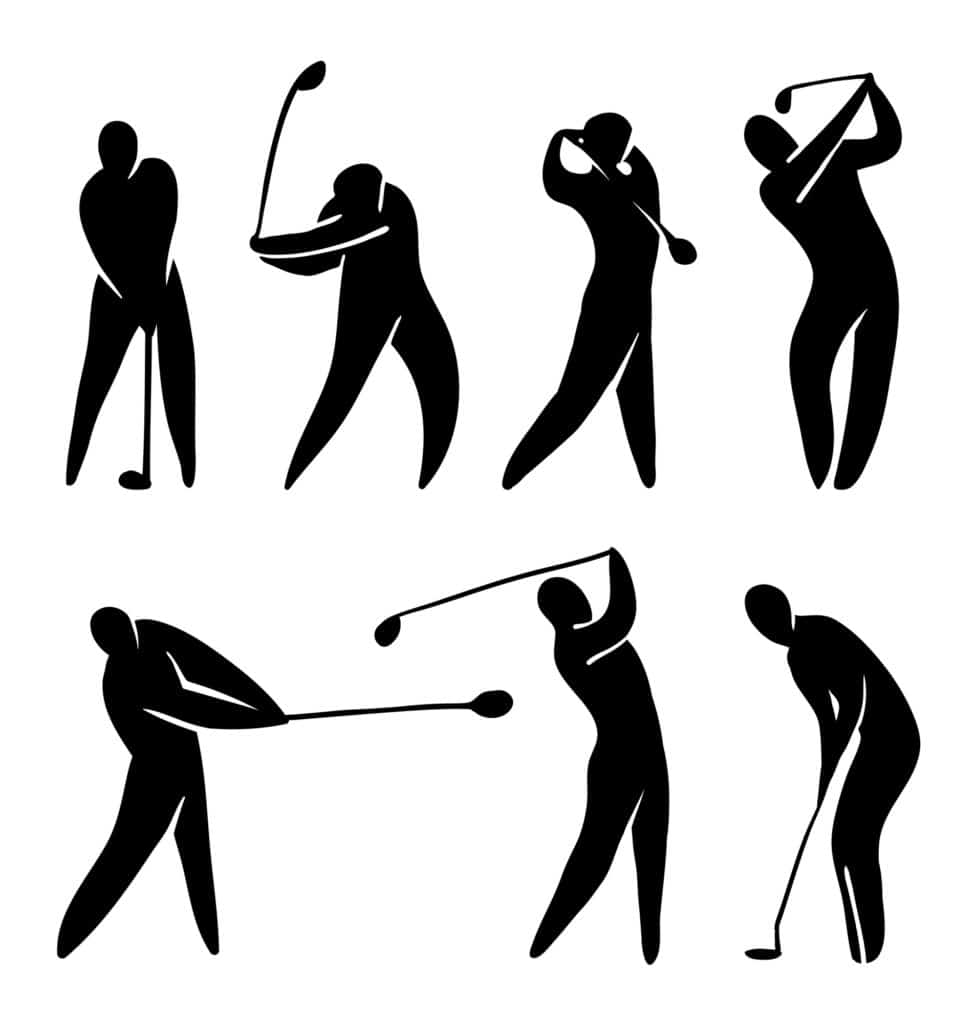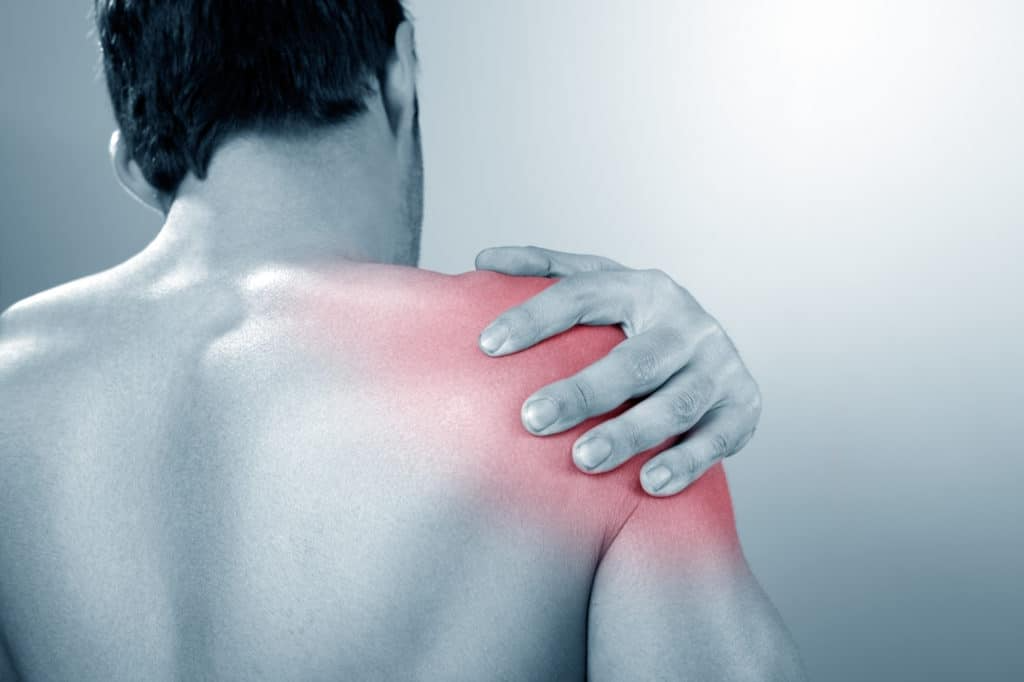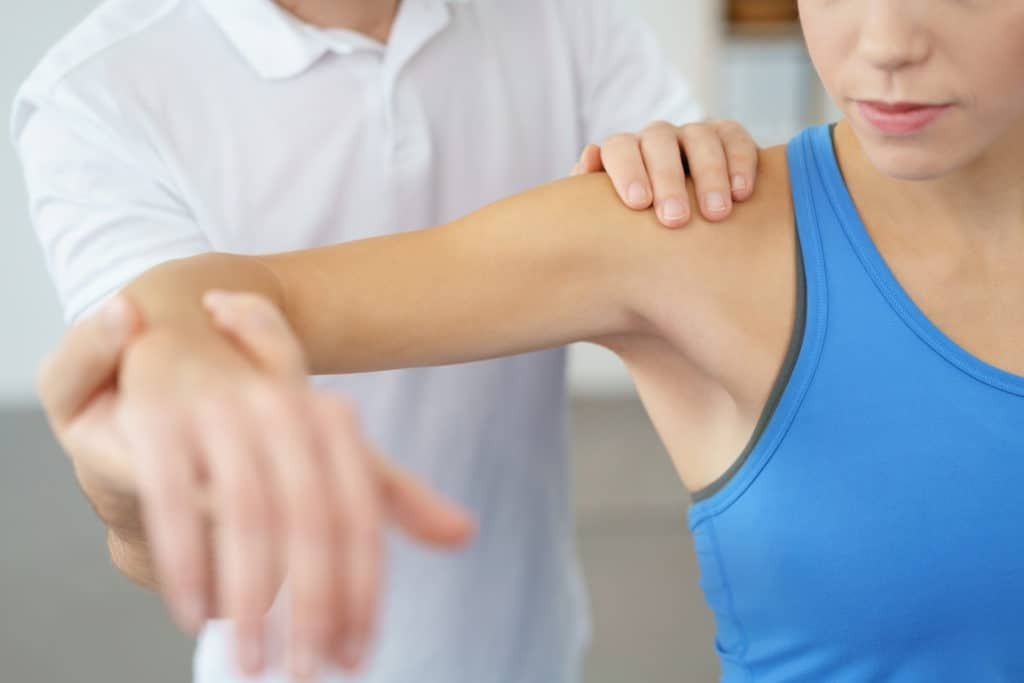If you’re a golf lover, there is nothing better than heading out onto the course for a game, right? But is your body up to the job, or could you improve your golf swing and knock a few points off your handicap with some expert tweaks to how your body works?
If your body is not in adequate condition and it’s already functioning below par before the golf season even starts, it can lead to you having a poor golf swing (that you’re not even consciously aware of) that later leads to injury, painfully bad rounds, and a frustrating drop in your overall performance.
In fact, according to Golf Monthly, “statistics show golf is more dangerous than rugby and boxing.” Yes, really. In addition, they report that “statistics from Golfsupport.com show that injuries in golf are not as rare as first thought. Also, the severity of the damage is often underestimated as well. The majority of these injuries occur in the lower back, which accounts for 15-34% of all golf injuries, followed by injuries to the elbow (7%-27%), shoulder (4%-19%), and wrist (10%).
But physical therapy (particularly the unique manual therapy that we perform at Manual Physical Therapy & Concierge Services in Florida) is one of the most effective ways to get the ideal golf swing.
It can help you reduce and even prevent injuries and improve your mobility and strength so you can hit the ball further and with better accuracy.
More Blogs From Manual Physical Therapy & Concierge Services How To Travel Safely When Suffering From Back PainIt’s Best to Avoid Falls… Other Than Falling in LoveLower Back Pain Won’t Go Away?
What Are The Most Common Issues Faced By Golfers?

For golfers, the most common issues that can impact your game are:
- Asymmetry and improper posture
- Balance and stance issues
- Restrictions in movement in the hips, neck, mid-back, and scapula (shoulder blades)
Are any of them affecting your game?
If they are. You cannot produce consistent golf swings when you suffer from muscle/joint restrictions, improper body mechanics and asymmetry, or chronic rigidity in your muscles.
In addition, improving your mobility and having more freedom of movement significantly impact your golf swing.
Many golfers that we see at Manual Physical Therapy & Concierge Services suffer from chronic tautness in their shoulder blades, chest, and necks. In addition, their arms usually have some form of subtle restriction in their range of motion as well.
When these things combine, it results in an inability to execute the perfect golf swing properly and can cause injuries.
In our experience, the main areas where golfers struggles are body awareness and hip and thoracic (spine) mobility. All three of these areas are vital to have a free swing and to hit the ball with power.

- Body awareness:Posture and balance are vital aspects of having body awareness. The kind of posture you adopt when swinging the club affects the follow-through of the movement. So, retaining a steady balance is the key to swinging a golf club consistently.
- Hip movement:A golfer’s hips must rotate freely to decrease stress from building up on the lower spine. The lower back is dependent on the hips for proper rotation. If the hips do not rotate freely, it leads to stress on the lower spine. You can enhance power in the pelvis and hip during the backswing and follow through by shifting weight. The hips must bear the load and create speed when the club swings while the weight shift takes place. But all of this relies on having good hip mobility and symmetry between the two sides of your body.
- Thoracic rotation:The thoracic region is the upper part of the back. Not being able to rotate freely in this area and twist the shoulders properly diminishes the speed you’re able to swing the golf club. This speed is essential for long drives on the tee box. But most of our professional lives do not require thoracic rotation when we’re sitting stationary at a desk. Over time this leads to stiffness and a reduction in thoracic rotation, which is evident when you’re on the golf course—not warming up properly before a game can also limit the movement in your thoracic spine. All of which impairs your ability to generate power on the shot and can cause injury.
What Are The Most Common Injuries Caused By Golf?

Although less likely in professional sportspeople due to better body conditioning, amateur and professional golfers commonly suffer from the lower back, wrist, shoulder blades, and elbow injuries.These are the most common types of injuries found in golfers because every time you swing a golf club, your body experiences a variety of forces (rotational, compressive, lateral, and shear), mainly on the spinal cord.
Are you familiar with any of these injuries?
- Rotator Cuff:Apart from labral tears, rotator cuff injuries are very high risk among golfers. These injuries occur due to the torque and backswing needed every time you swing the club. In addition, since most golfers place the lead arm firmly against their chest while swinging, it can lead to tears within the posterior labrum (the rim of tissue that stabilizes the shoulder joint).
- Wrist tendinitis:Most amateur golfers have weak wrists, which results in the swinging of the club, affecting the back of the wrist. It leads to an overload that can cause you to hit the ground and flatten the angle of the wrist leading to the buildup of stress in the dorsal section. Over time this leads to wrist tendinitis.
- Knee:Every time you swing a golf club, it generates tremendous power and compression within the knee. You’re also likely to square your front foot and fix the knee position, which causes internal rotation. This internal rotation increases the sheer force on the joint. Over time, without preventative physical therapy, it can lead to a tear in the meniscus (ligament) and cause arthritis of the knee.
- Golfer’s elbow:Another common injury found among golfers apart from tennis elbow is the golfer’s elbow. The latter causes the tendons connected to the forearm and wrist to inflame within the elbow. Consequently, your tendons and muscles can suffer damage through repetitive motion – and swinging the golf club.
- Lower Back Strain:Golfers frequently complain about lower back strain, which can end the careers of even the best Golf pros. Many players attempt to generate power through rotation of the pelvis with every swing. Unfortunately, this movement builds up torque between the lumbar spine and pelvis. This movement exerts pressure on the lower back’s muscles, tendons, and ligaments, and the tremendous force on the spine can lead to disk degeneration, reduce the gaps, and cause disc disease.
These are among the most common injuries we treat in golfers – and with early intervention can prevent them using our unique form of manual physical therapy that focuses on creating symmetry and strength in your body.
Our tools and techniques are perfect for golfers as professional physical therapists with a particular interest in sports. We can detect the potential onset of an injury by analyzing your gait along with your golf swing-specific body mechanics.
Then, using a detailed analysis of your golf swing, we can determine any factors that may lead to weakness or pain or affect your game in the future.
What Are The Benefits Of Physical Therapy For Golfers?

Are you ready to up your game?
Our comprehensive physical evaluation and manual therapy treatment assist golfers in optimizing the transference of energy from the body to the golf club to improve speed and efficiency.
We also create a customized exercise regime for you that:
- Builds up your core strength, which is vital to a perfect golf swing
- Increases flexibility in your shoulder and hip muscles, which is necessary for a good follow-through and swing
- Increases joint mobility as it directly impacts your swing
- Improves body symmetry, balance, and follow-through with greater control over your hip and abdominal muscles so you can get a better-balanced swing
- Allows you to stay injury free
So, if you have pain when you swing your golf club – or there is anything that frustrates you about your golf swing or your game in general, don’t tolerate it or ignore it. Let us help you fix it once and for all.
We offer all new patients the chance to come and meet with us for a complimentary consultation at a “Discovery Visit” to find out how manual therapy can help you and see if we’re the right fit for you.
So, there is no financial investment on your part until you’re 100% sure you want to go ahead with treatment.
So, what have you got to lose? Complete the short form, and we’ll be in touch ASAP.


